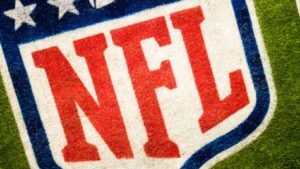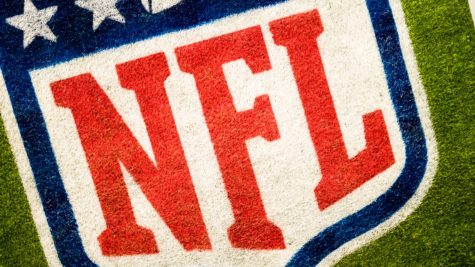ANN ARBOR — The National Football League was blasted for its off-hand treatment of concussions as a systemic issue for its players in the past. But since the 2009 season, the NFL has revised its stance and is now driving additional research and enacting head injury prevention initiatives.
This shift in policy has placed the NFL at the forefront of concussion prevention and research, according to researchers at the University of Michigan.

“They said, ‘We’ll change, but it’s going to be on our terms, we want to be the leaders in concussion,’ ” explains study author Kathryn Heinze, assistant professor in kinesiology, in a university release. “They said, ‘If we have to change, we’ll take credit. We’ll create the funding, we’ll create the partnerships with other organizations, we’ll work to pass new laws.’ When they finally realized they had to do something they realized they had to be the leaders.”
Heinze and her team wanted to study how large organizations can take control of and shape issues that damage it in some way. The study sought to understand how a large organization can respond to calls for institutional change.
The study examined the NFL’s actions and stated positions on concussions and head injuries from the early 1990s until 2015. For much of that time, the NFL either dismissed the concussion issue or made small, superficial gestures that didn’t yield any kind of substantial change. The authors point to 1994, when the league create a committee to focus on the impact of concussions. That group, however, consisted mostly of NFL-affiliated members, and none were experts on the topic.
In 2009, however, the NFL, responding to intense external and internal pressure, made seismic shifts in its organization. It was then that the league finally recognized the long-term health effects of concussions, for example, and created the Head, Neck, and Spine Committee, an independent body made up of concussion experts. Instead of hiding from the controversial issue, it acted as a broker between government entities and youth sports leagues, leading to laws in all 50 states protecting youth football players from long-term head, neck, and spine injuries.
“I know it took a while, but once they decided to go in that direction, they attacked it from multiple perspectives,” says Heinze.
Heinze believes that the NFL is unique in its ability to turn an issue around, mostly because of its huge influence over American culture. Still, had the league started implementing its new policies earlier, it could have avoided the loss of viewership it suffered as bleak health reports on playing football started appearing.
The full study was published in the September 2017 issue of the Journal of Sports Management.

